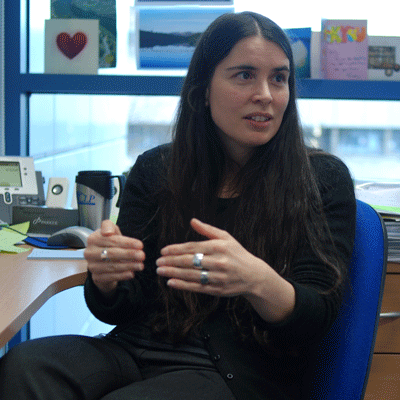Sonia Rocha - hypoxia and HIF activation
19-March-2011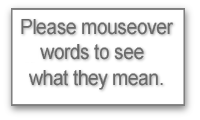
Sonia Rocha - hypoxia and HIF activation
"My mum likes to hear about my work," says Sonia Rocha, a lecturer at the University of Dundee and a researcher there in the Wellcome Trust Centre for Gene Regulation and Expression. "She isn't a scientist - none of my family are. But they are interested in what I do.
"So every time I publish a paper I send them a link so they can read it for themselves. Then I try to explain it to them."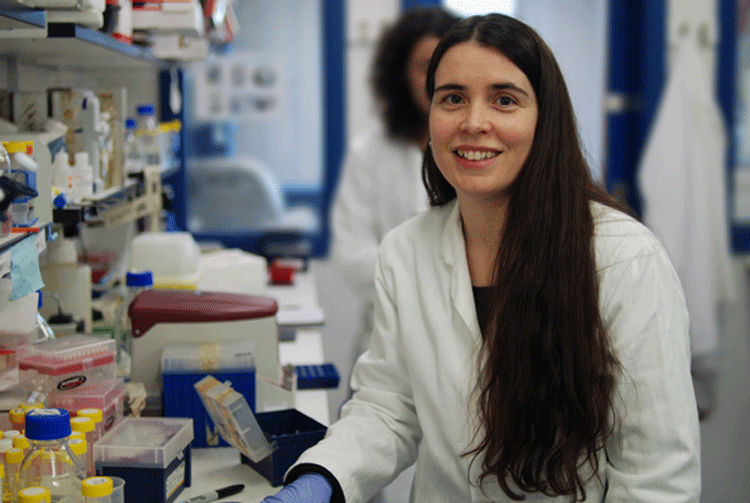
This isn't always easy because her work is quite complicated. "I study how cells behave in changing levels of oxygen," says Dr Rocha.
"Almost all living things need oxygen. All the cells in our bodies need oxygen."
That's because they burn fuel to do work, she says, just as a motor engine burns petrol. "Combustion of the fuel in a car produces the energy to make it move. You need the fuel and you need oxygen to get combustion. It's the same with the cells in our body. They need a fuel and they need oxygen."
Sugar is the fuel that cells use. Together with oxygen this is transported to all the cells in our body in the bloodstream. But that transport can go wrong in many diseases.
HIF
"The obvious examples of diseases that affect the amount of oxygen getting to our cells are heart attacks and strokes," says Dr Rocha at the Wellcome Trust Centre for Gene Regulation and Expression.. "That's when a blood clot causes a sharp fall in oxygen supply to your heart or brain."
Cancer is another disease in which oxygen supply to the cells is important, she says. "It's not widely known, but radiation therapy works mostly by energising oxygen and producing free radicals. It's these that have most effect in killing cancer cells, rather than the radiation. But less blood can reach the cells in a solid tumour, so they get less oxygen. That makes radiation therapy quite ineffectiv."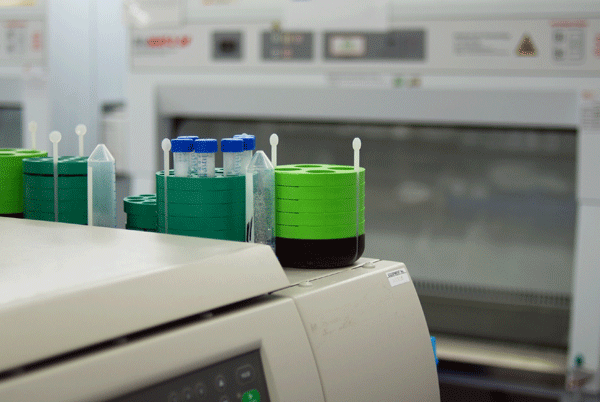
A whole variety of things happens inside a cell when the amount of oxygen getting to it suddenly changes, says Dr Rocha. "We're interested especially in what happens with less oxygen. This is called hypoxia."
When a cell senses it's getting less oxygen than usual, it starts a lot of machinery moving to deal with the emergency. A protein called hypoxia inducible transcription factor (HIF for short) is one of the key components of this machinery.
"A lot of our research is aimed at finding out exactly how HIF works."
What it does
A transcription factor is a protein that switches genes on or off, says Dr Rocha. "HIF is the main transcription factor that gets activated when oxygen levels fall. It helps cells to survive in low oxygen."
A living cell is like a factory plus a power station. It makes things and it produces energy. When a cell doesn't get enough of something as important as oxygen, both the factory and the power station need to do things differently.
"The cell needs to switch metabolism," says Dr Rocha. "It uses a different chemical reaction, for instance, to get energy from sugar - glycolysis rather than oxidative phosphorylation."
How long this helps the cell survive depends on what type it is. "Brain and heart cells need a lot of energy. So they can survive for only a few hours with no oxygen. Epithelial cells can survive for days, if they have enough sugar."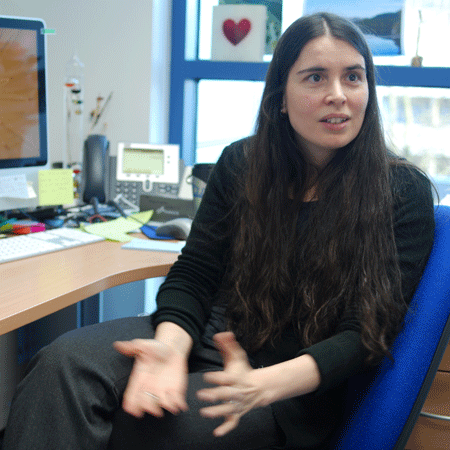
Other changes in the body that HIF helps control are the production of more red blood cells - which carry oxygen around the body - and the creation of blood vessels. "New blood vessels form to feed a tumour, so if you could control HIF you could help starve the tumour."
Probing pathways
Dr Rocha's lab does basic research. But it is likely to be applicable in a reasonable timescale, she says. "We study the chemical pathways that regulate HIF. It is the master controller for what cells do when oxygen levels fall."
"With a good understanding of how HIF works, we should be able find ways to regulate it, other than oxygen levels."
This would be useful in stroke or heart attack, when its action could be increased, she says. "On the other hand we want to inhibit it in diseases like rheumatoid arthritis or cancer - when it makes new blood vessels grow that feed the tumour."
One of the modern techniques Dr Rocha uses to study HIF's machinery is called RNA interference - RNAi for short. "This is a discovery that won the Nobel Prize for Medicine in 2006," she says. "It's a method cells use themselves to switch off genes. Now we know about it, we can use it for that purpose in the lab."
Until recently, scientists learned what genes do mainly by cutting them out. "But when you take out a gene you also take out what people used to call 'junk DNA'," says Dr Rocha. "We now know it's not junk, and you could be interfering with other processes in the cell, and getting a completely wrong idea of what is happening."
Discovery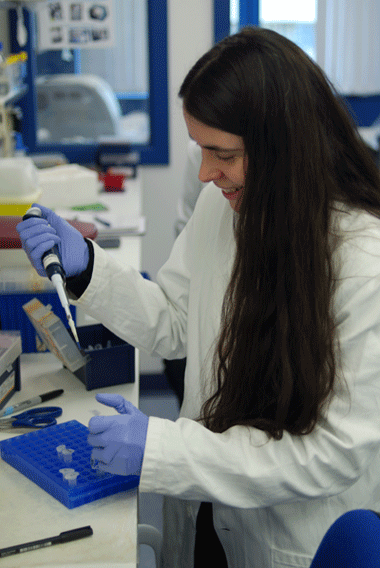
"So we have been using RNAi to take out all known proteins in thehuman genome and find out happens to HIF activity in each case," says Dr Rocha - then laughs at our reaction.
"Yes, all 22,500 of them. I don't mean all at once, of course. We've been working with Dundee University's drug discovery unit, who have the robots and equipment we need to do the job ."
Measuring HIF activity when each protein is missing is straightforward, she says. A firefly protein called luciferase is genetically engineered to give off light when HIF is active in a cell. "So if light levels fall it means we've removed a protein that's important for HIF," says Dr Rocha. "If they rise we've removed a protein that inhibits HIF activity."
In this way Dr Rocha's team have identified every protein that has any effect on HIF activity. "We got the results just a few weeks ago," she says. "Most proteins have no effect, we've discovered. But we have found 365 that do. That's a manageable number. For all we knew it might have been thousands.
"It means we can look at each of these proteins - and the gene that encodes it - see what's known about it already, and try to figure out where it fits in the HIF pathways. Then we can think about using that information to find ways to control HIF activity in diseases. It's an exciting time for all of us in the group."
She smiles. "And of course for my mum."
Words used in pop-ups
| amino acid | bioluminescence | breed | carbohydrates | cell | combine |
| complex | compound | conception | conference | DNA | element |
| enzyme | fertile | fertilisation | gene | gene expression | genetic |
| genetic engineering | inflammation | inherit | journal | membrane | molecule |
| mRNA | organelles | protein | protoplasm | radiation | reaction |
| regulate | research | researchers | response | ribosome | sequences |
| species | structure | template | transcription | translate | tumour |
For other websites and resources relevant to this science story try the

